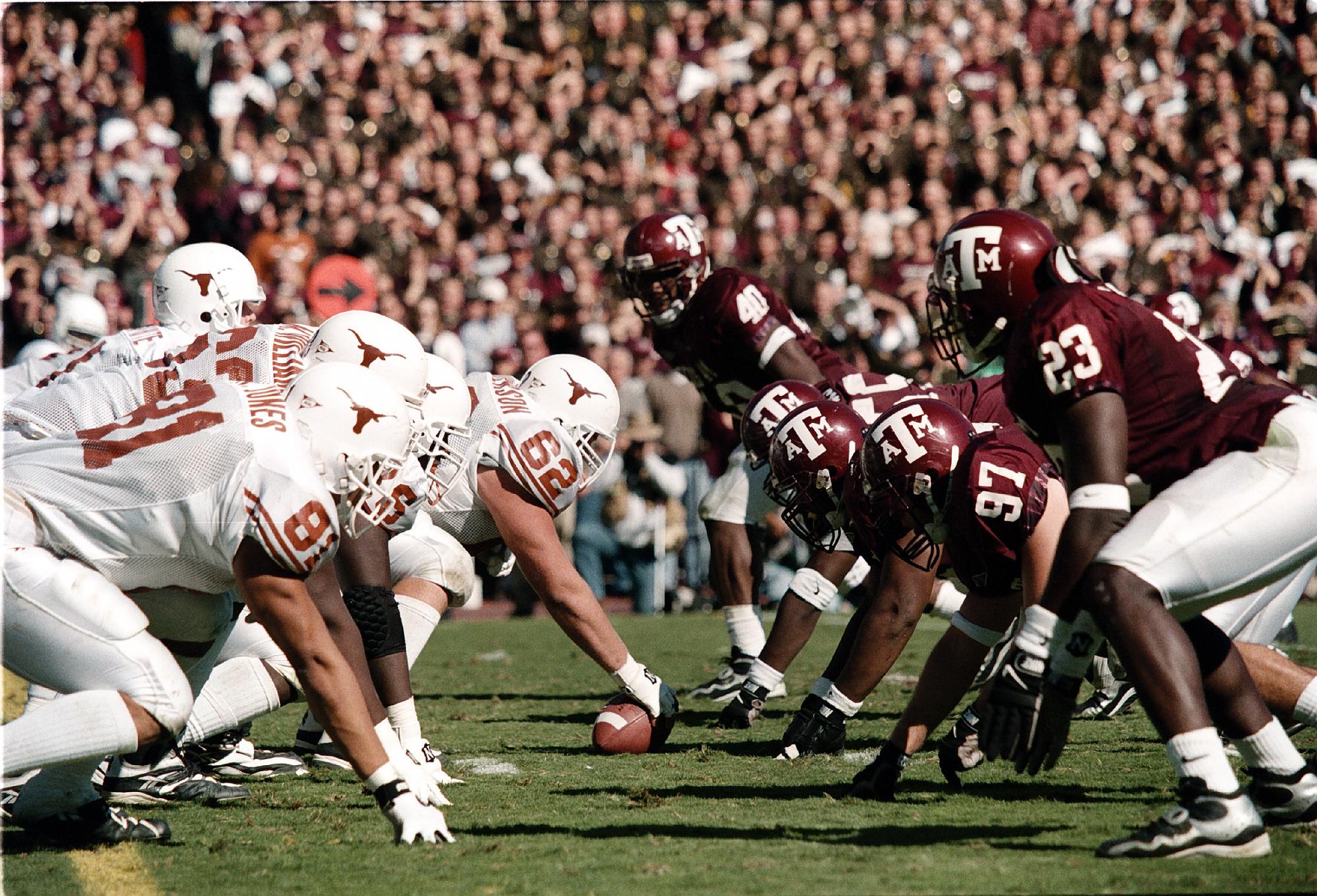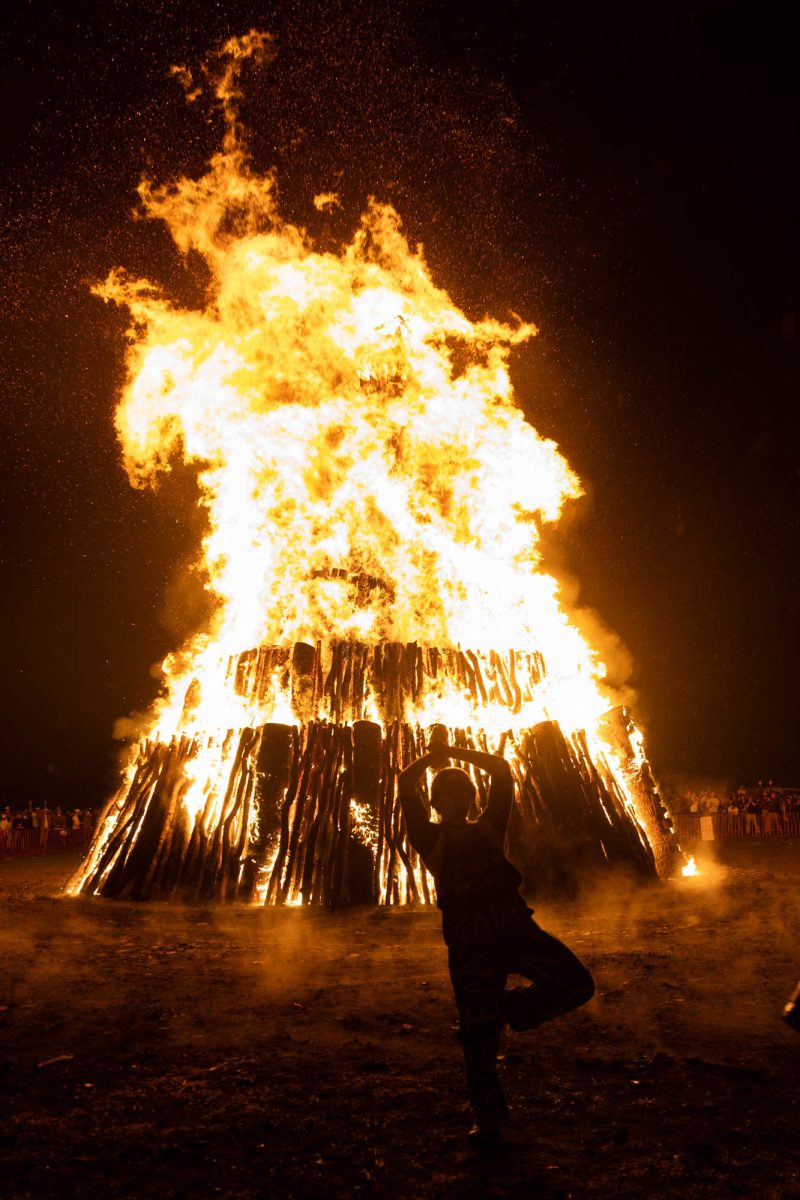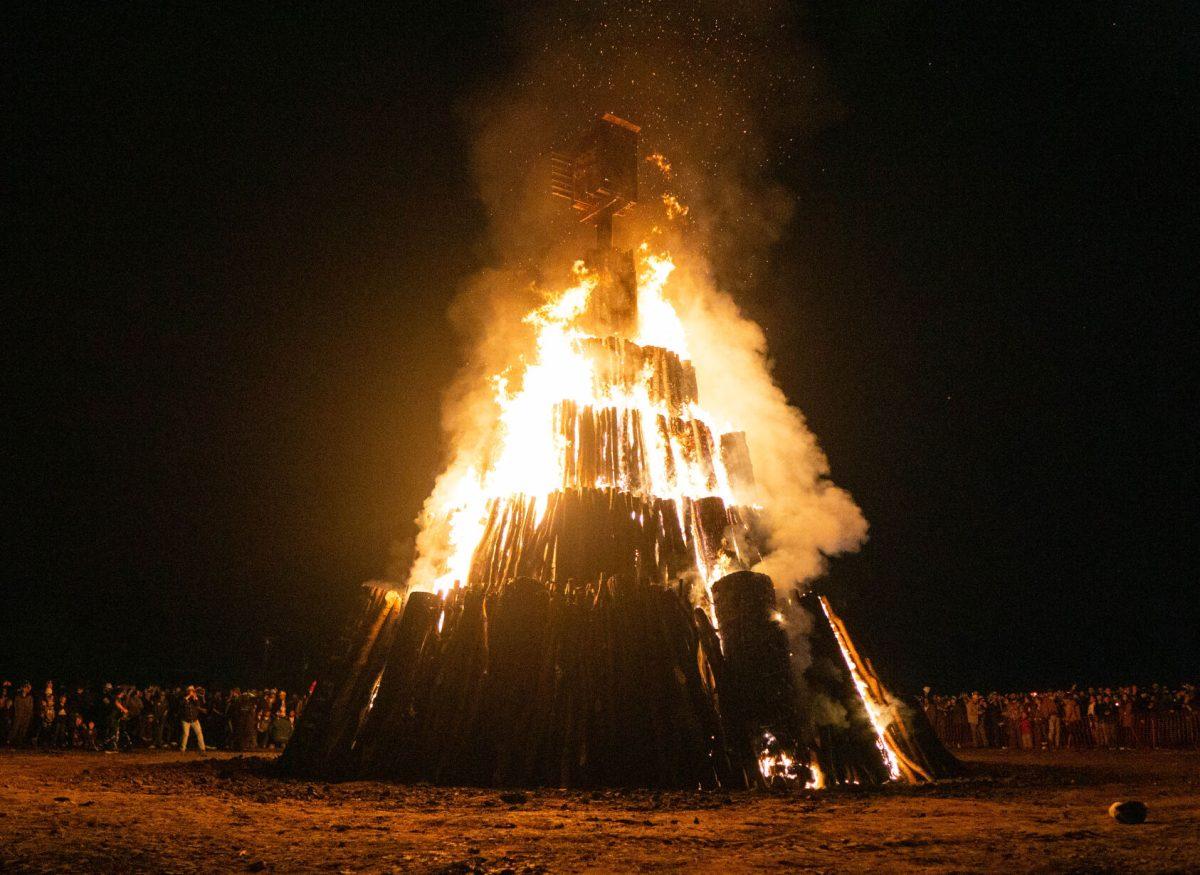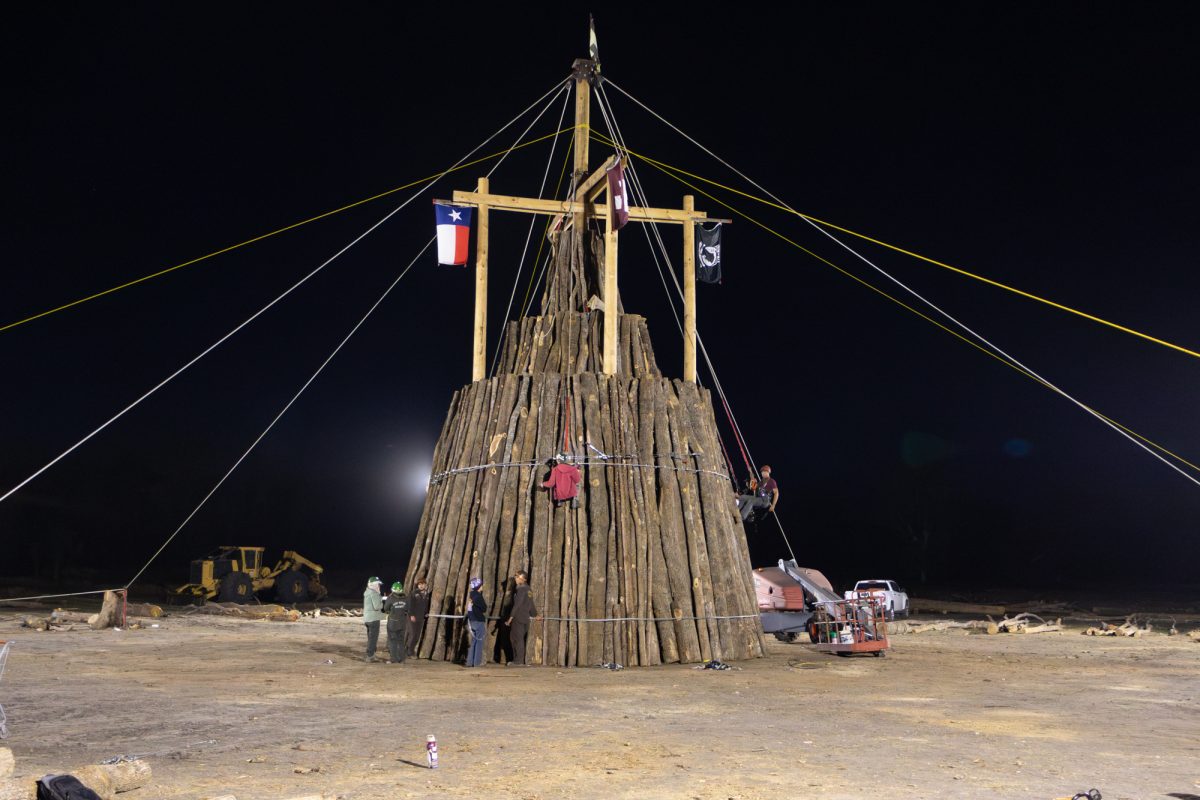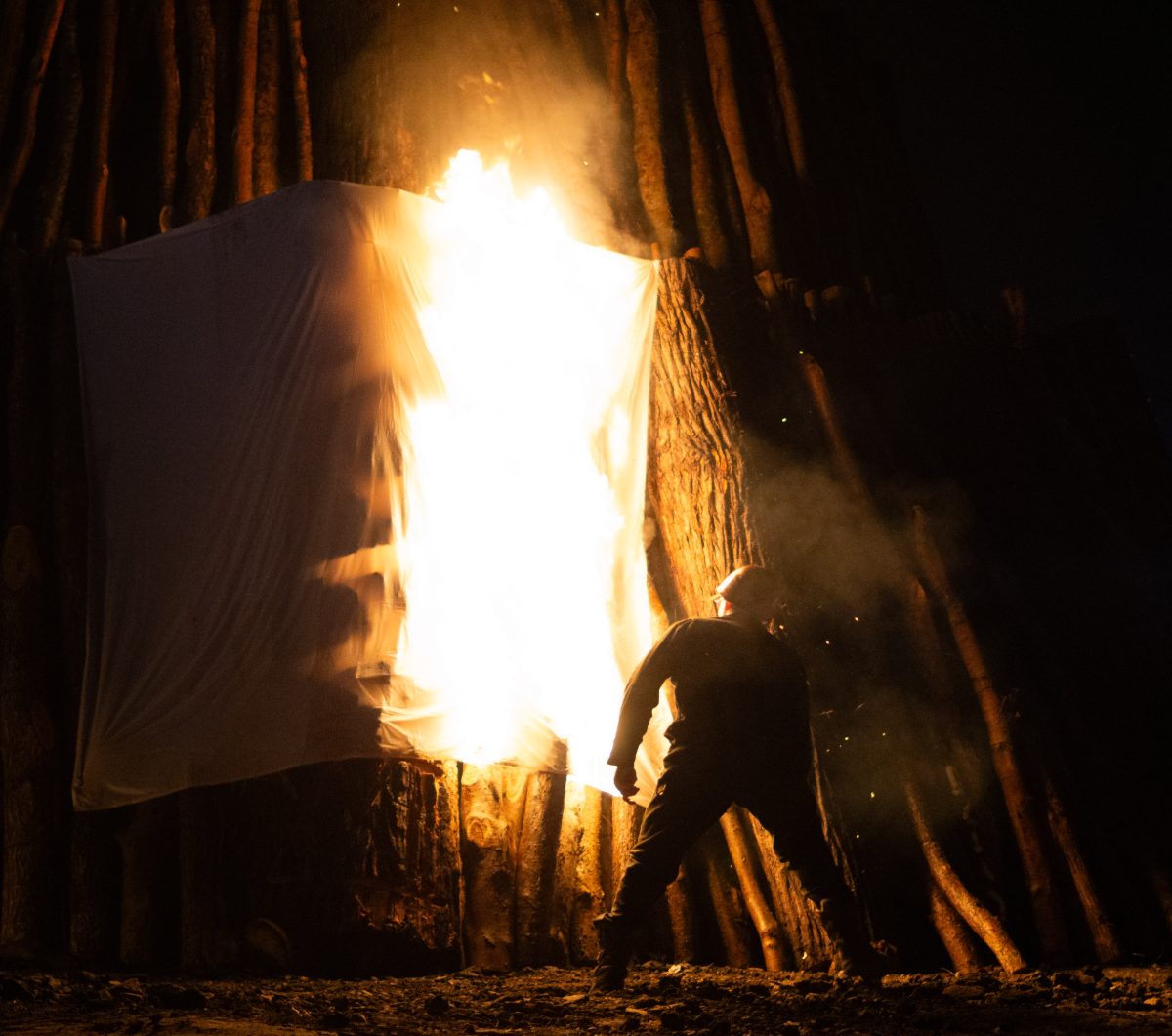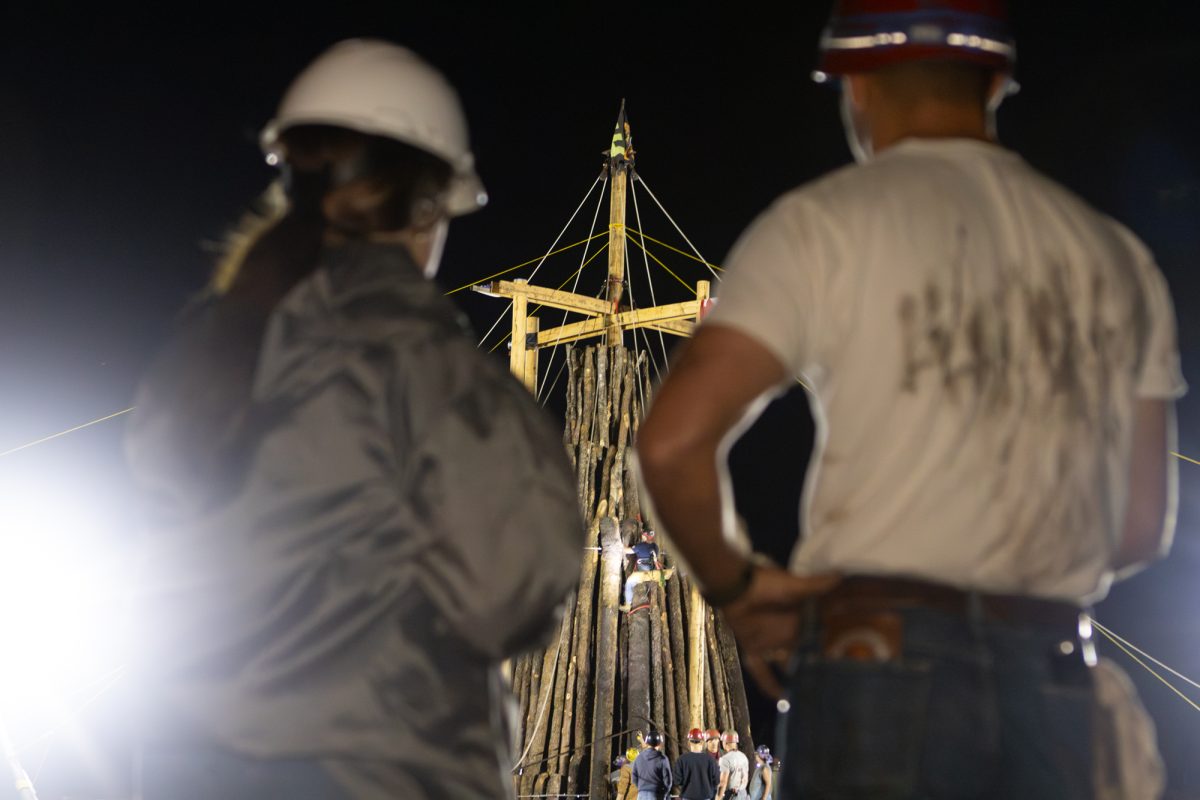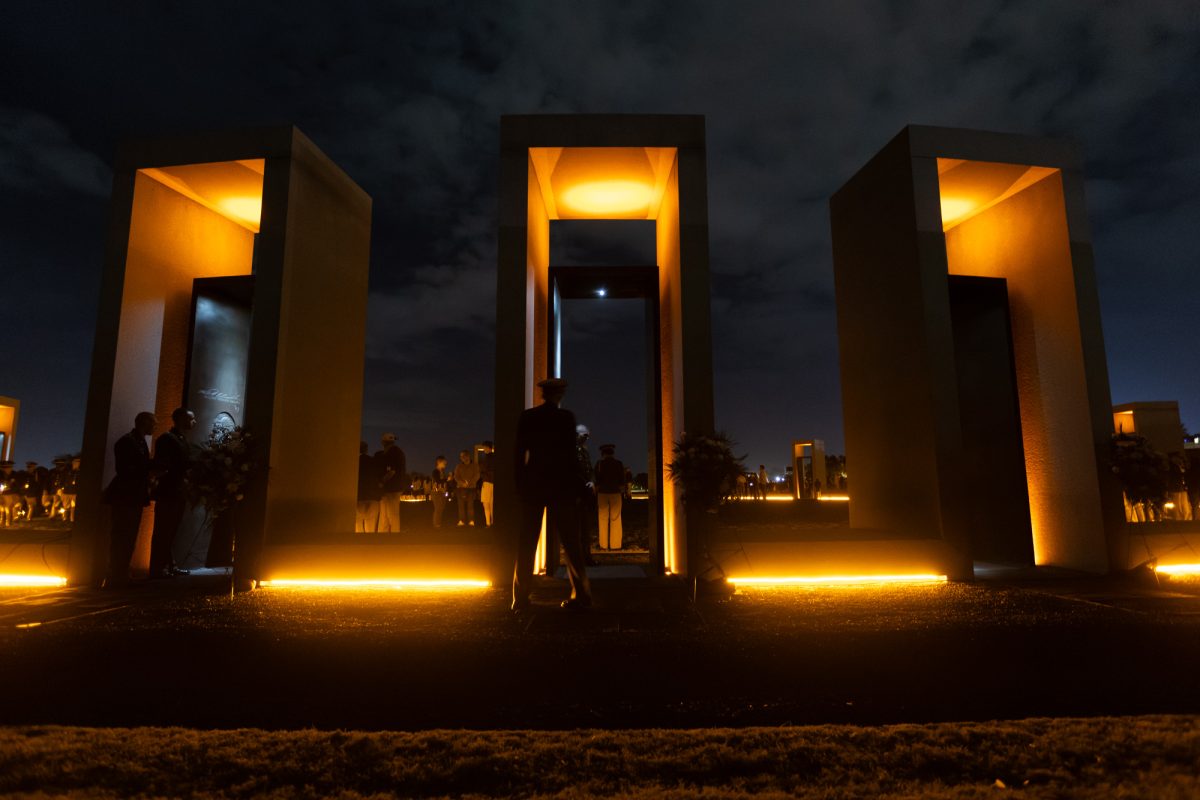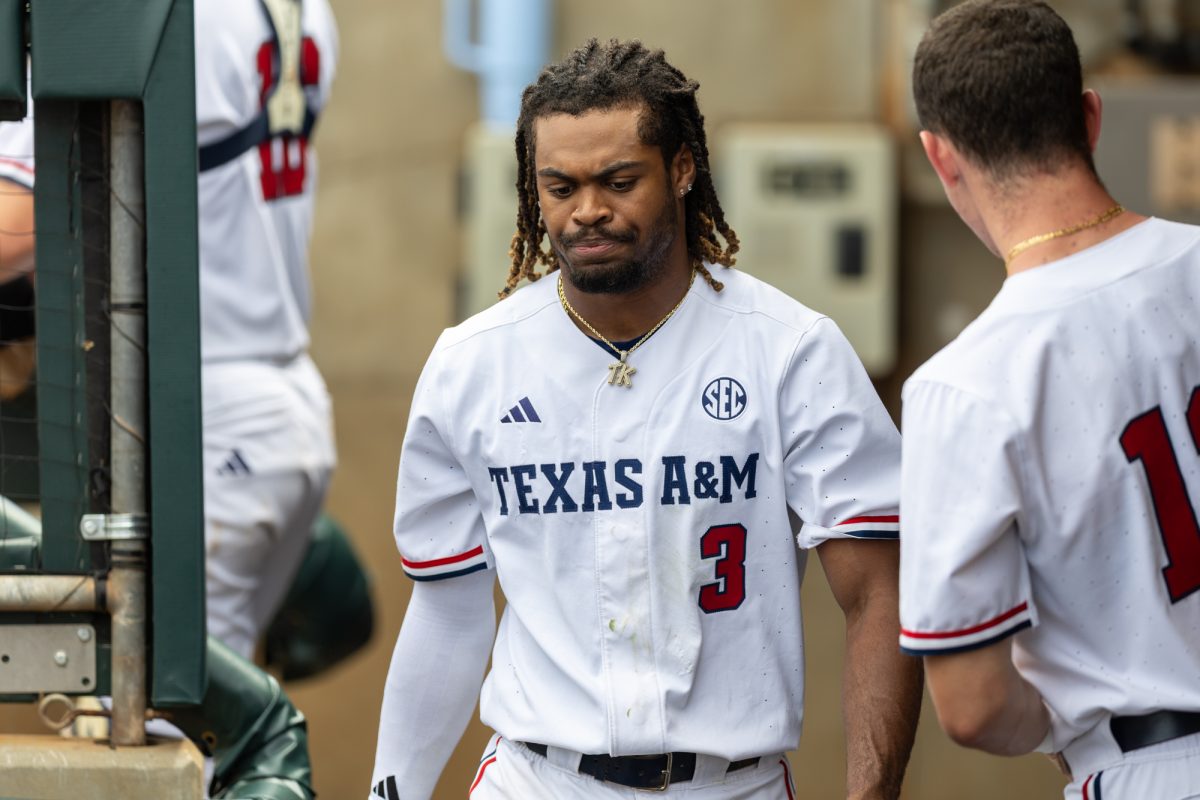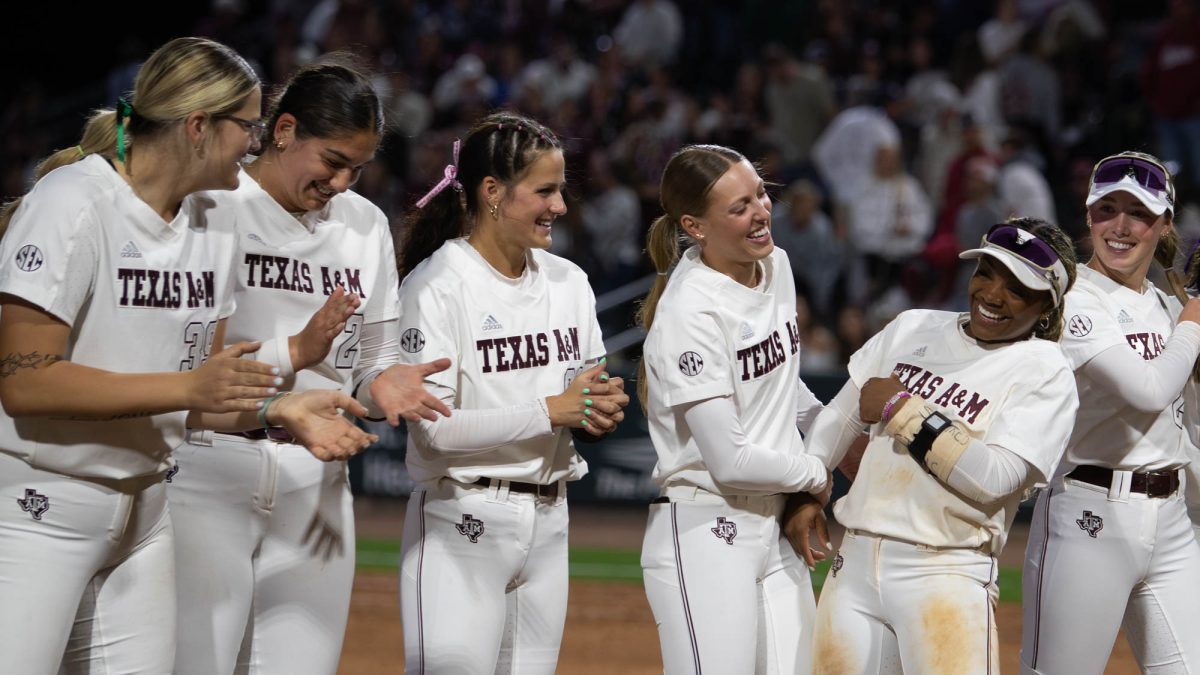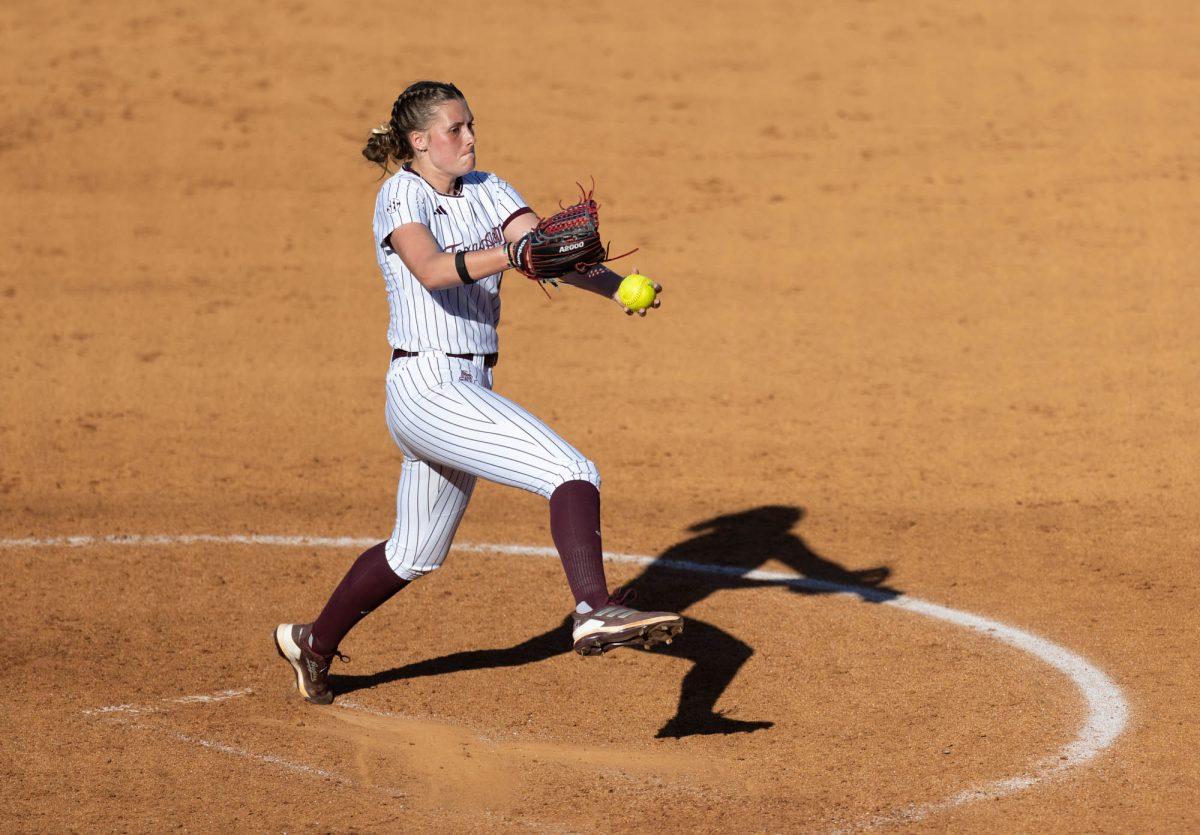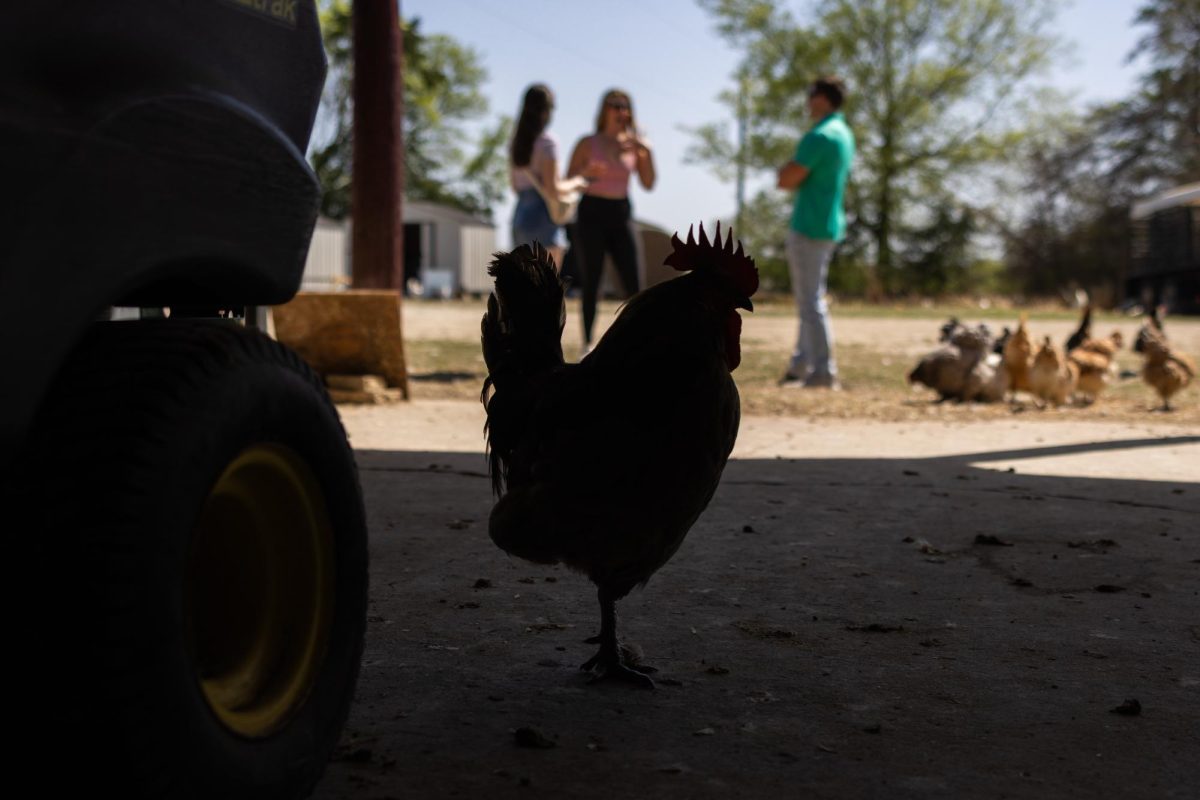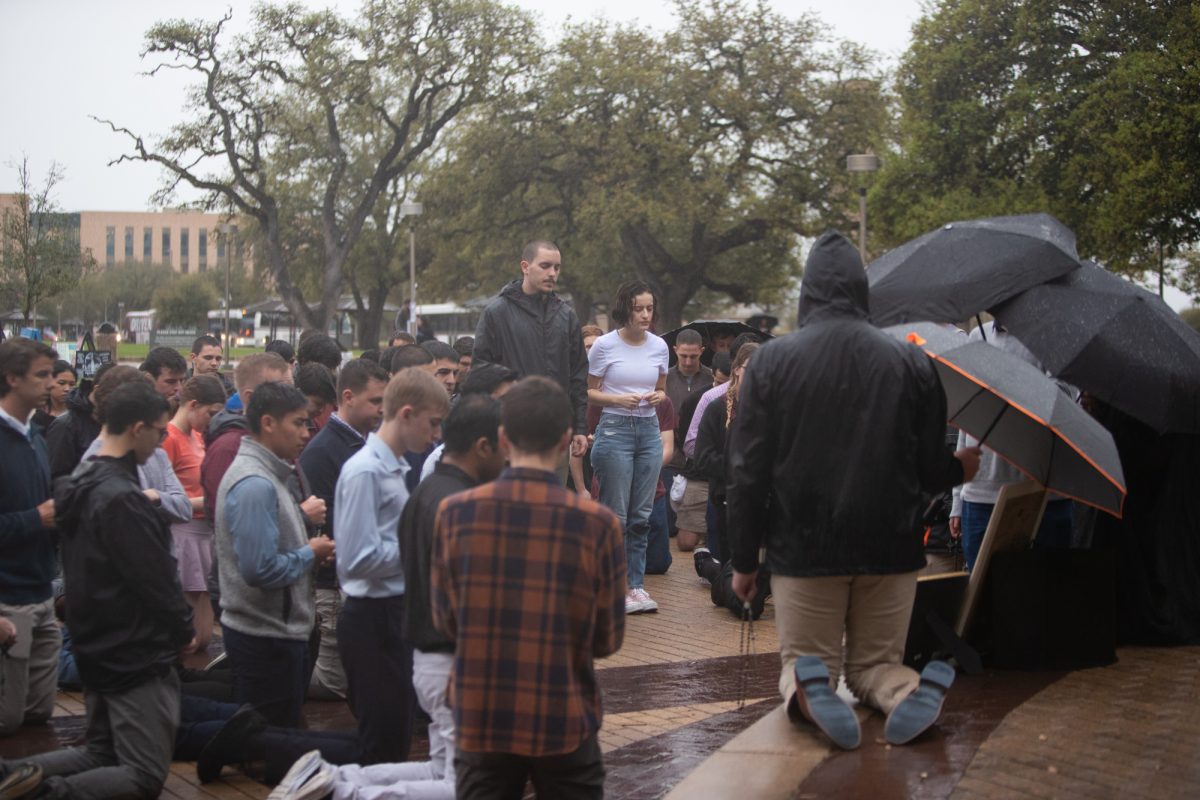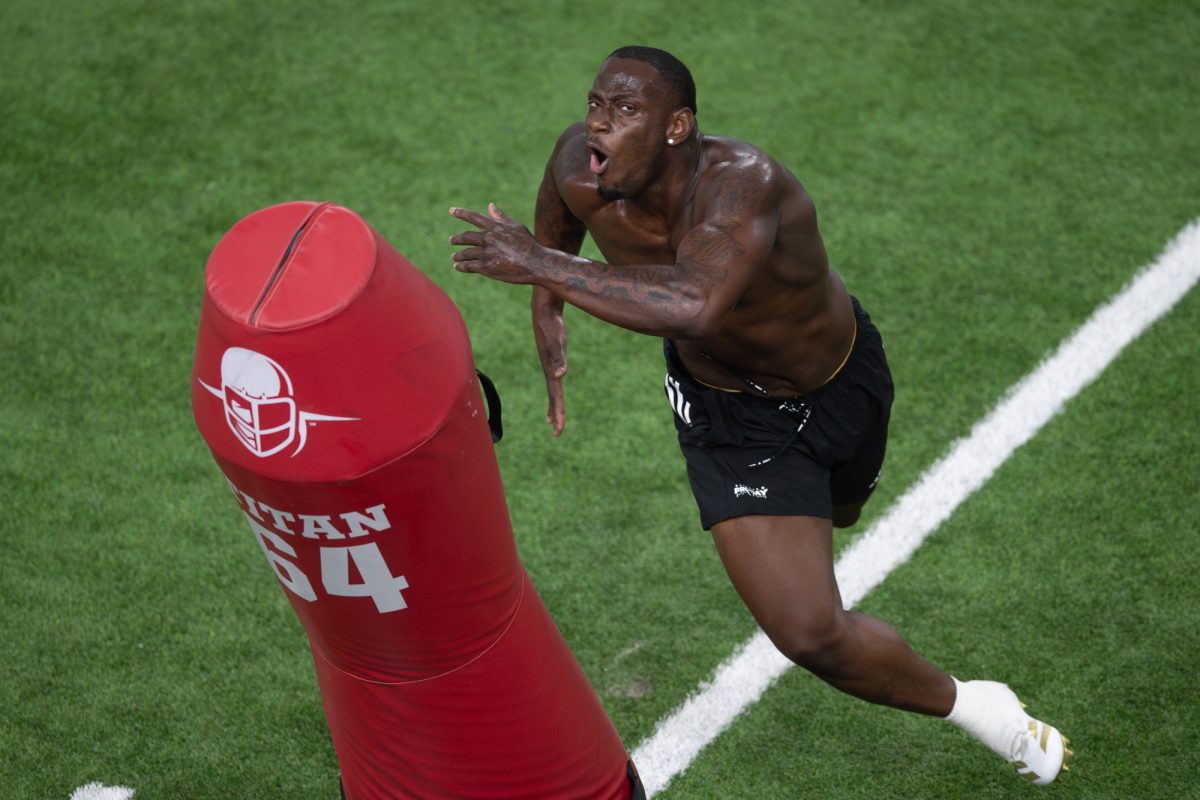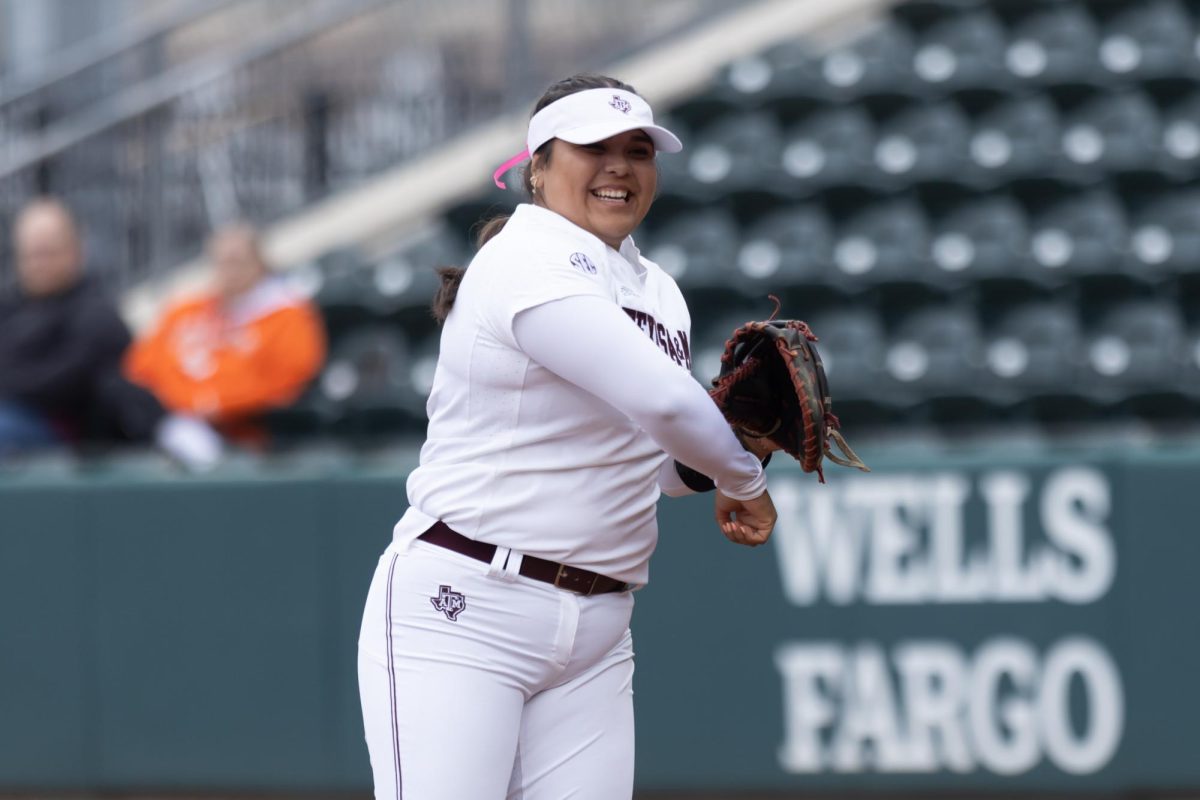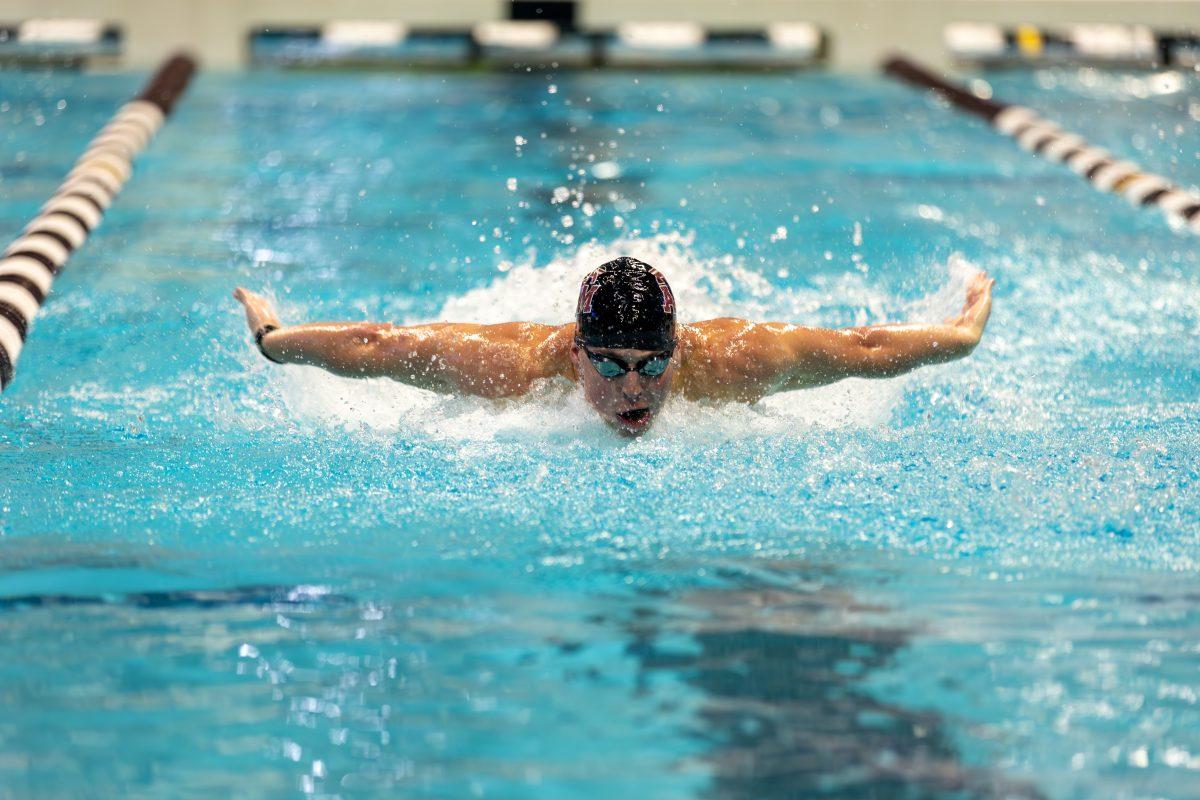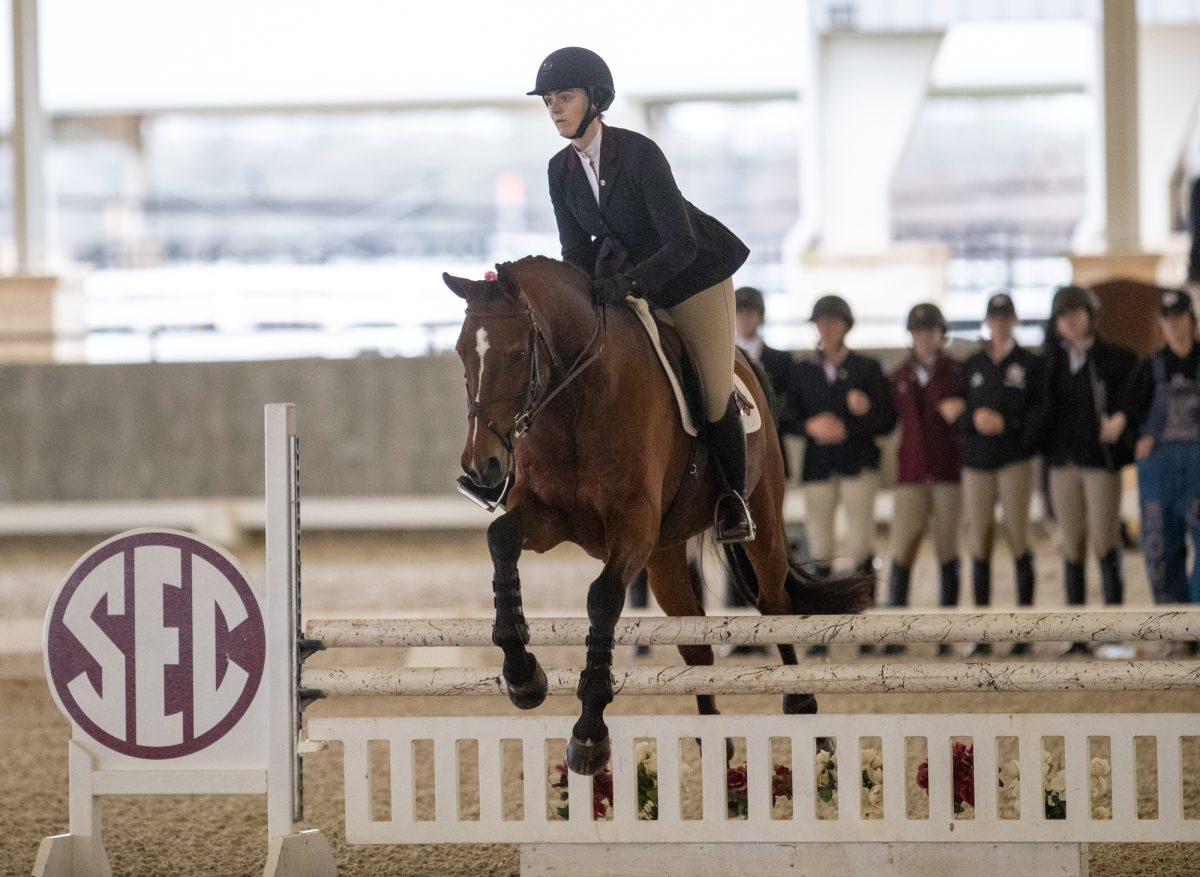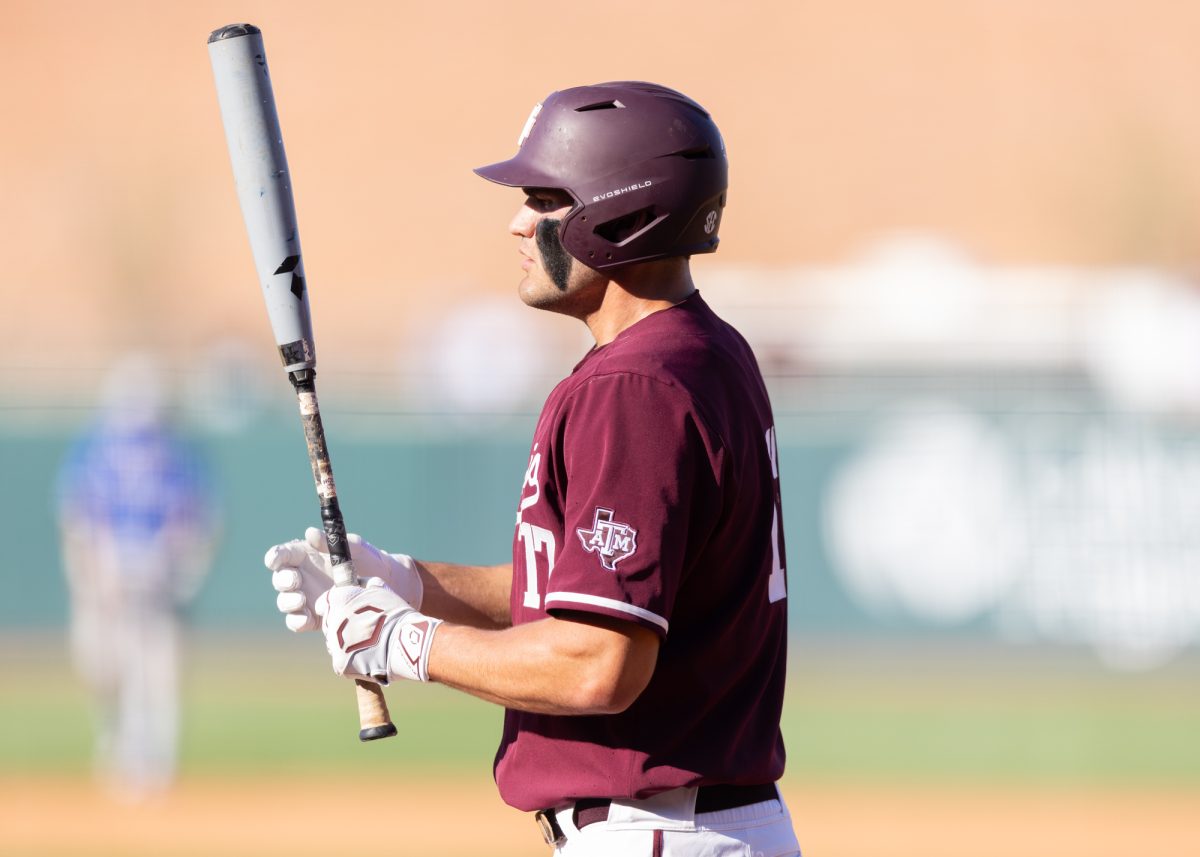As the last notes of the University of Texas Longhorn Band’s performance of “Amazing Grace” and “Taps” echoed across Kyle Field on Nov. 26, 1999, something unusual happened.
The crowd of 86,128 — at the time the most to ever attend a football game in Texas — gave a standing ovation to the visiting band’s halftime performance, as tears flowed freely from both sides of the Texas A&M-Texas rivalry.
“Some people said after the fact that there wasn’t a dry eye in the stadium,” Longhorn Band saxophonist Joe Hasty said. “I’d have to believe that. It was somber. It was moving. … It felt almost like a wake or a memorial service to some degree, the way everyone’s emotions had been building up to the game.”
The collapse of the Aggie Bonfire that killed 12 and injured 27 on Nov. 18, 1999 shattered a sense of normalcy for many in Aggieland and across the state. But the 20-16 A&M victory eight days later didn’t just give the Aggies a victory over a top-ten Texas team — it meant the community could finally begin to heal.
“It was never said — I don’t know that it was ever implied — but we felt like we had to win that game,” A&M linebacker Brian Gamble said. “I think every player on that team will tell you that. Not only for ourselves, but for everyone involved with Texas A&M. We carried that burden on us.”
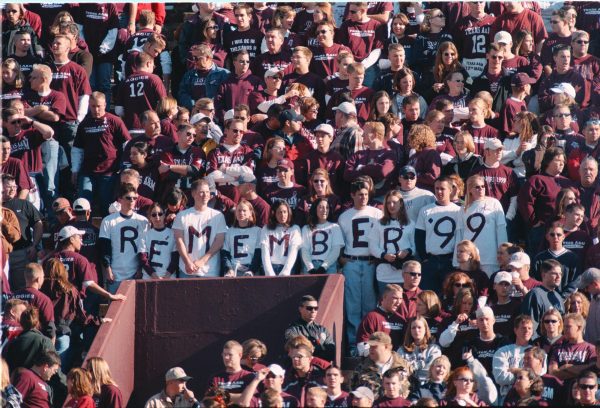
An initial tragedy
Like many A&M students at the time, Stephen O’Neal, Class of 2001, was woken up in the early hours of the morning on Nov. 18 by an unexpected phone call.
“I’ll never forget,” O’Neal said. “My mom called me in the middle of the night. She wanted to make sure I was okay. I was like, ‘Why are you calling me in the middle of the night? What’s wrong?’ And she said Bonfire had fallen.”
Immediately, the Aggie community did whatever they could to help. And for the A&M football team, that meant being the ones to lift the logs off of the stack as first responders searched for victims underneath the fallen wood.
“Everybody that was in the locker room at that time was like, ‘We’re going over there to help,’” A&M offensive lineman Seth McKinney said. “ … Whatever help we gave physically, I think that us being there was also very helpful emotionally to a lot of people.”
Eventually, as the debate over whether or not to play the game against Texas subsided, the team returned to practice as normal — not out of callousness or disregard but because normalcy was what the team and campus needed.
“Being out at practice was a release,” Gamble said. “It was a way for us to get away from all the feelings and all the emotions that came with that moment. There was a focus. There was a determination … It allowed us to check some of those feelings at the door.”
The leadup to the game was characterized by mutual respect in the face of tragedy. An outpouring of support from the Texas community culminated in the band’s halftime performance dedicated to the fallen.
“Hopefully, we did something meaningful,” Hasty said. “We did what we could — what little we could — to help in the healing process. … I was just grateful that it seemed like we had done the right thing.”
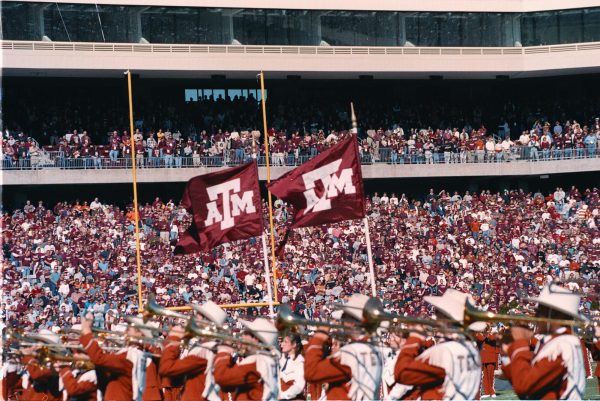
Kickoff at Kyle Field
After kickoff, things were business as usual at Kyle Field — exactly what a grief-stricken campus needed. For one day under a cool November sky, Aggies could think about something other than Bonfire.
“For at least 24 hours, you get a chance to be happy and joyful where there was not much of that leading up to that point,” Gamble said.
And that meant the 12th Man got loud. So loud, in fact, Gamble couldn’t sneak up to the line of scrimmage and listen in on Texas quarterback Major Applewhite.
“I literally had to have been eight feet from him, and I couldn’t hear a word he was saying,” Gamble said. “You get the eerie silence at the beginning, of course the halftime show … then you get the excitement and the energy of the end of the game, and the joyful tearfulness of the end. It was a lot of emotion in four hours.”
O’Neal could not only hear the noise from his spot in the third deck of the student section — he could feel it, too.
“The old Kyle Field, when things happened that were nuts, you could feel the whole stadium move,” O’Neal said. “When people would move, the stadium would go crazy. It was just insane.”
But the most enduring memory of that game for many of those in attendance did not come at the game’s loudest point — but rather its quietest.
After the Longhorn Band’s performance honoring the victims of the tragedy, the Fightin’ Texas Aggie Band had a show of their own, culminating in the iconic Block T formation as usual. Only this time, the band — and all of Kyle Field — remained completely silent.
“The Silent T was just incredible because the Aggie band is always amazing,” O’Neal said. “But you’re not used to seeing that done in silence. It was very respectful and just one of those moments where the whole stadium held their breath.”
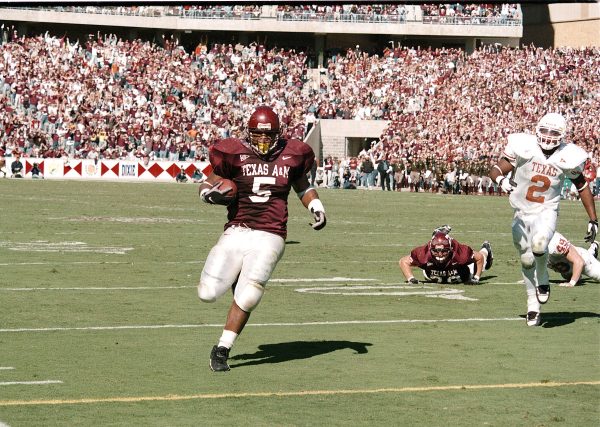
The crowd began to reach a fever pitch as the clock ticked toward zero and the Aggies took the lead in the fourth quarter off of a 14-yard touchdown pass from senior QB Randy McCown to senior wide receiver Matt Bumgardner.
And when Gamble recovered the game-sealing fumble on the ensuing drive, every emotion came pouring out. Joy, euphoria, grief, pain, sorrow and sadness all combined in one moment into a single sound that the 12th Man will never utter again.
“You could feel this visceral yell,” McKinney said. “It was just the loudest unleashing of so much built-up emotion. That is something that I’ll never forget.”
At the bottom of the dogpile, all Gamble could feel was relief.
“I knew what that moment meant,” Gamble said. “I vividly remember thinking about that and what this meant to me, to our team and to our university. I just held on for dear life … then it was, ‘Thank you, Lord.’”
Aftermath
In the 25 years since the game, countless Aggies have talked to Gamble about their reaction to his fumble recovery. It’s those conversations that helped the moment sink in, Gamble said.
“The recovery, the style and manner in which it happened and how it helped them heal and how it affected their family, that’s where it’s come to me,” Gamble said. “Yes, it was a big play for a young man. But if you really take a step back and look at it from 30,000 feet, it’s what it meant to other people and what it still means to this day.”
Hasty later withdrew from Texas and made his way to Blinn College, eventually graduating from A&M in 2006. After arriving in Aggieland, one of the first things he sought out on campus was the Bonfire Memorial.
“Having that second shot at life, that second shot at education, I tried to make the best of it,” Hasty said. “The people that didn’t make it through that, they didn’t have a second chance. And that’s why I tried to make sure my second chance didn’t go to waste.”


